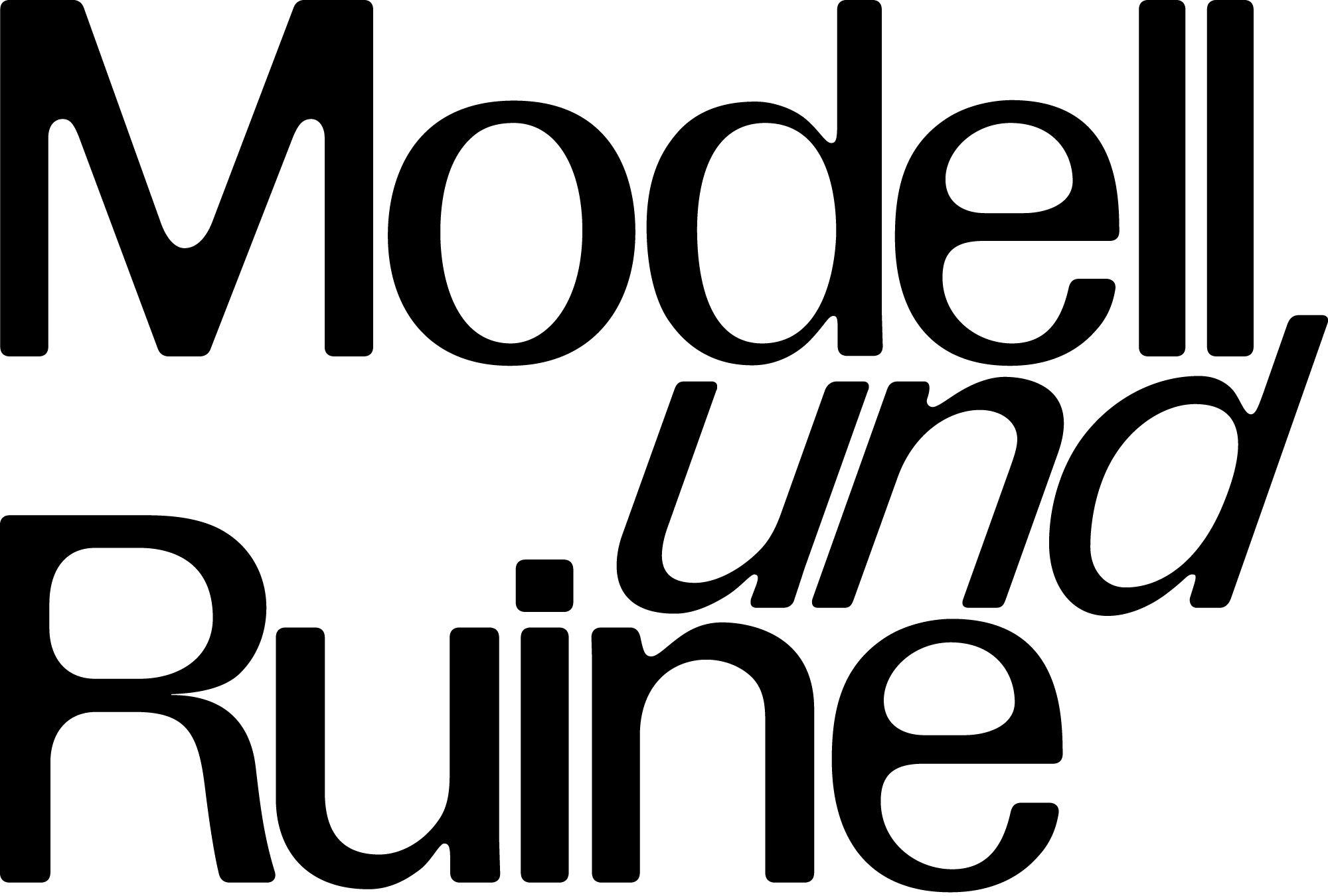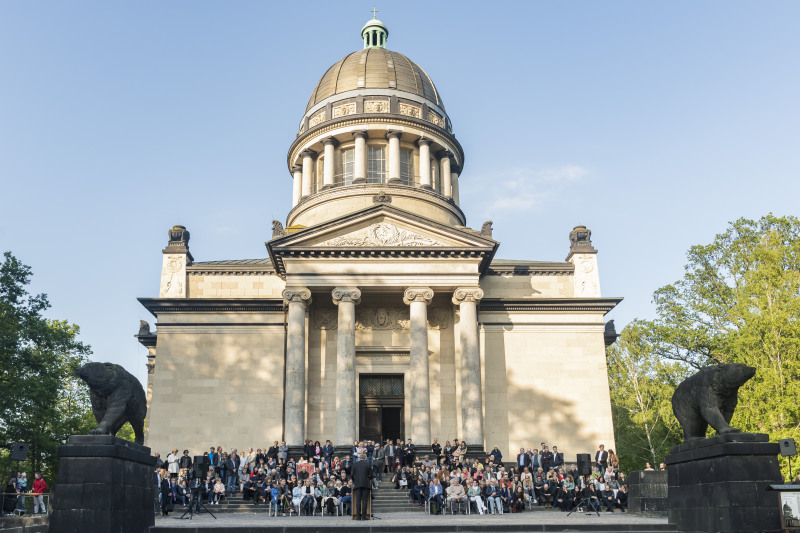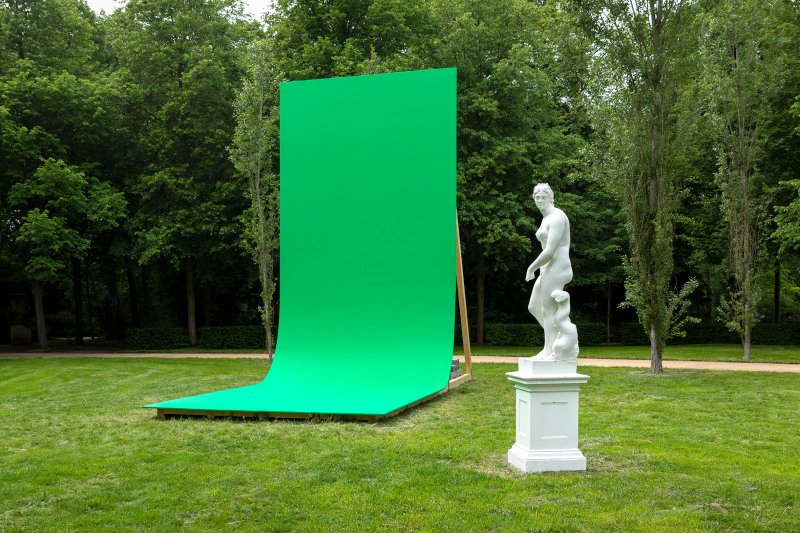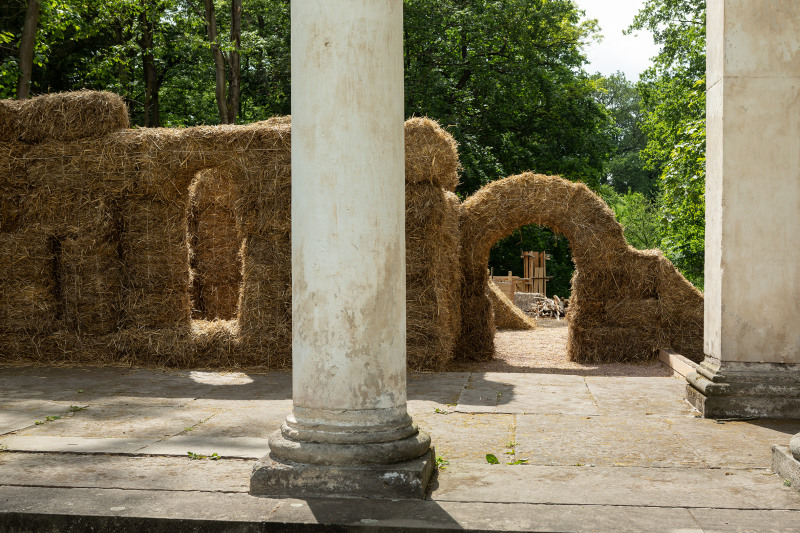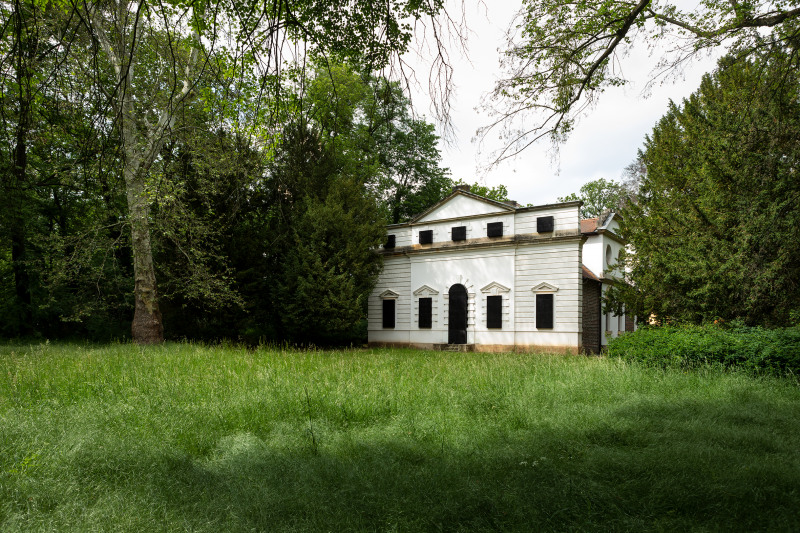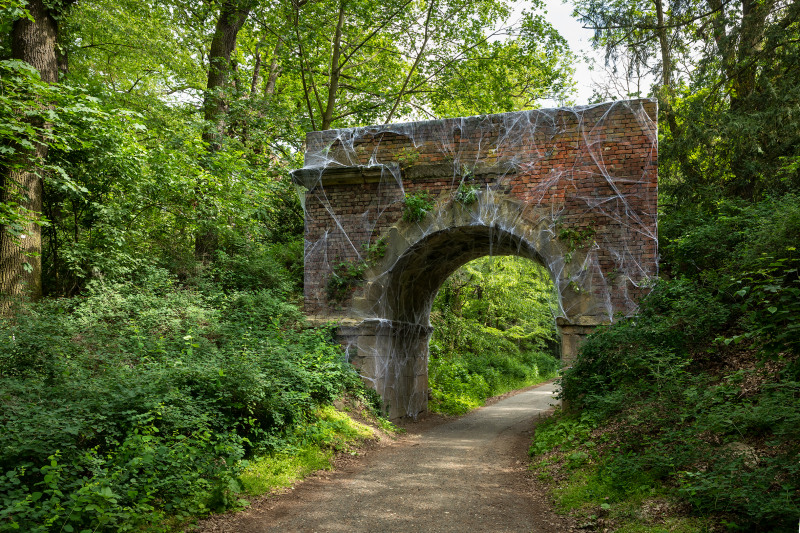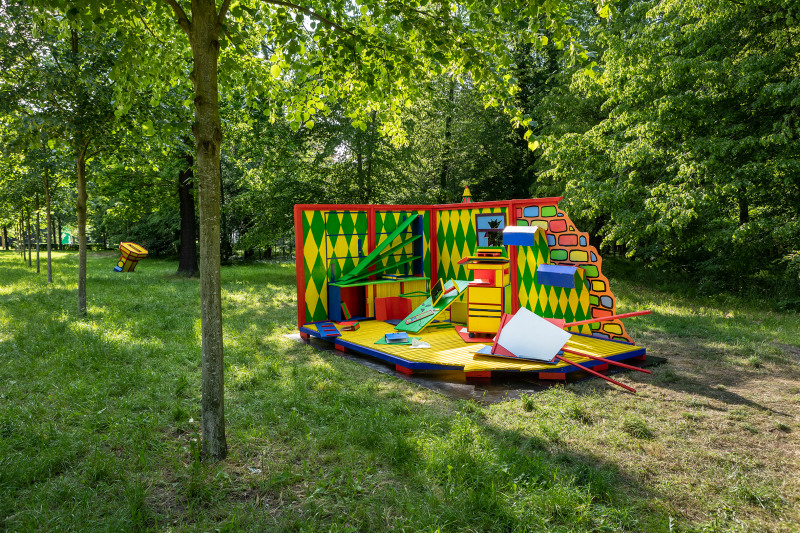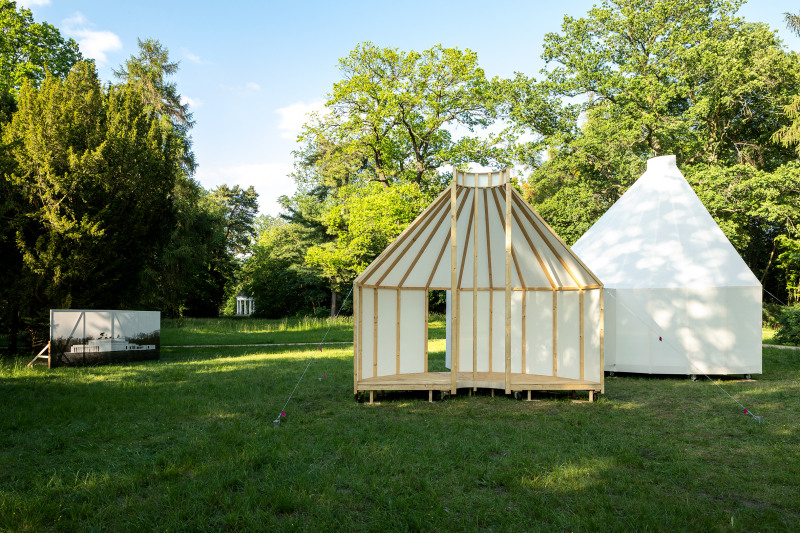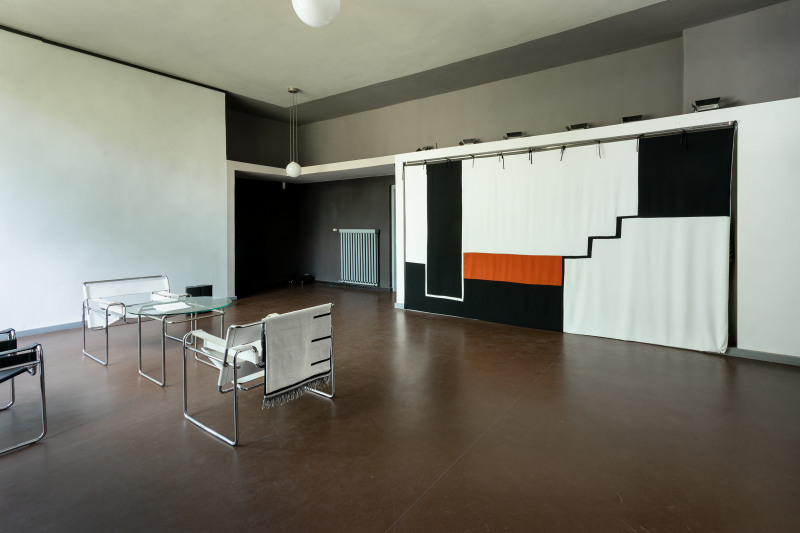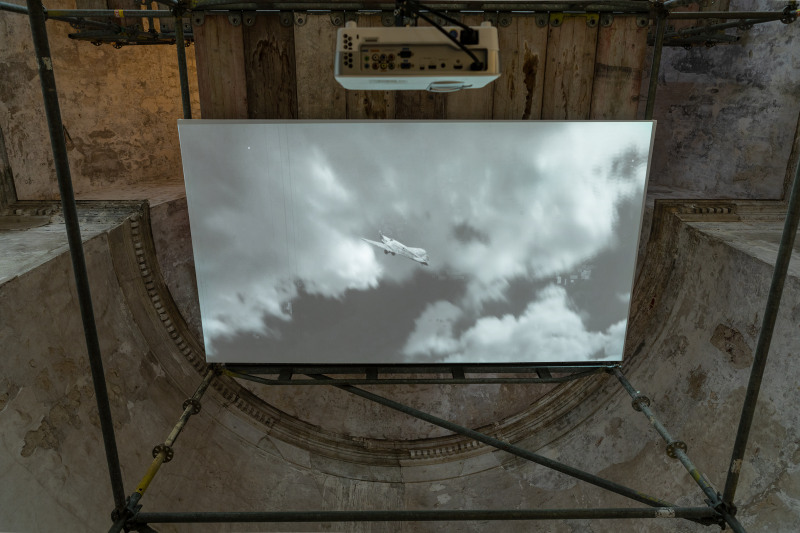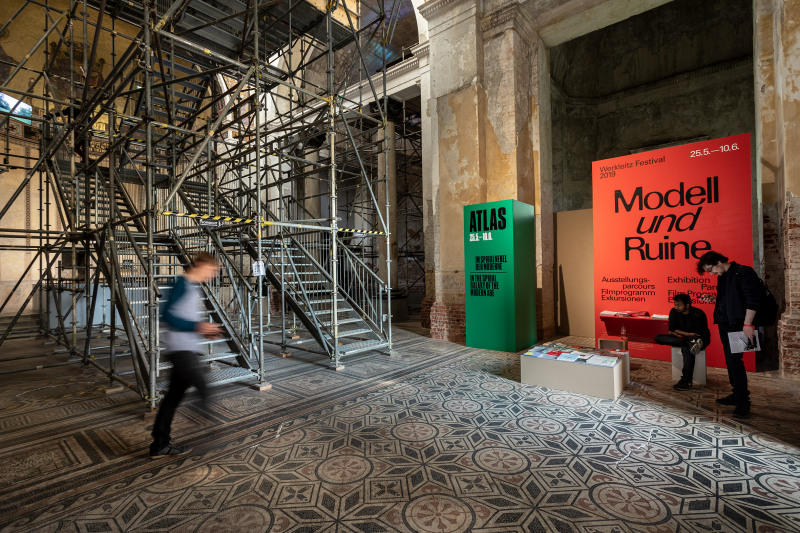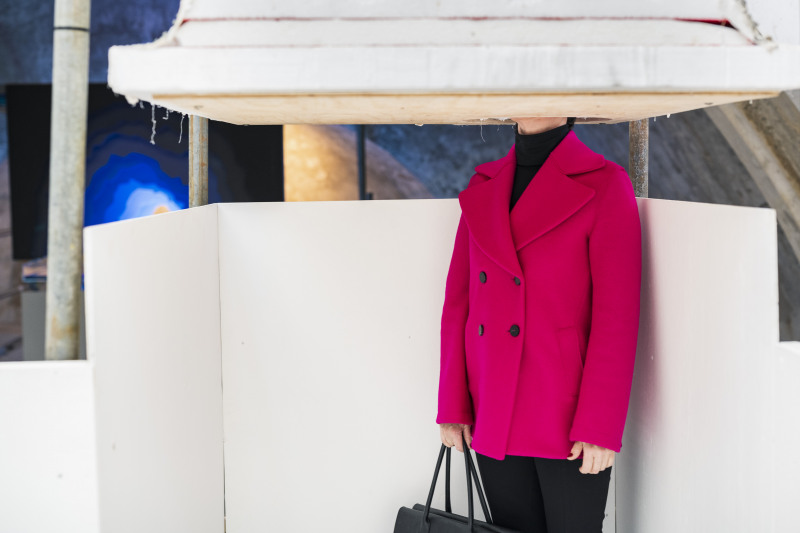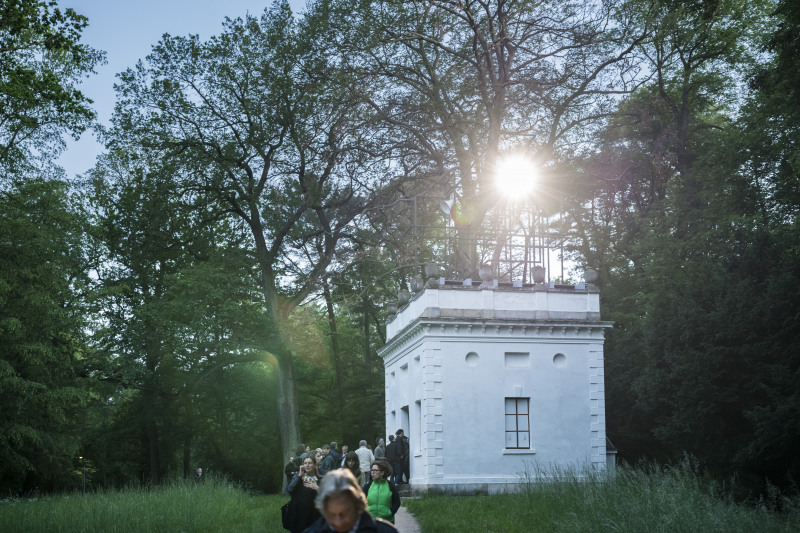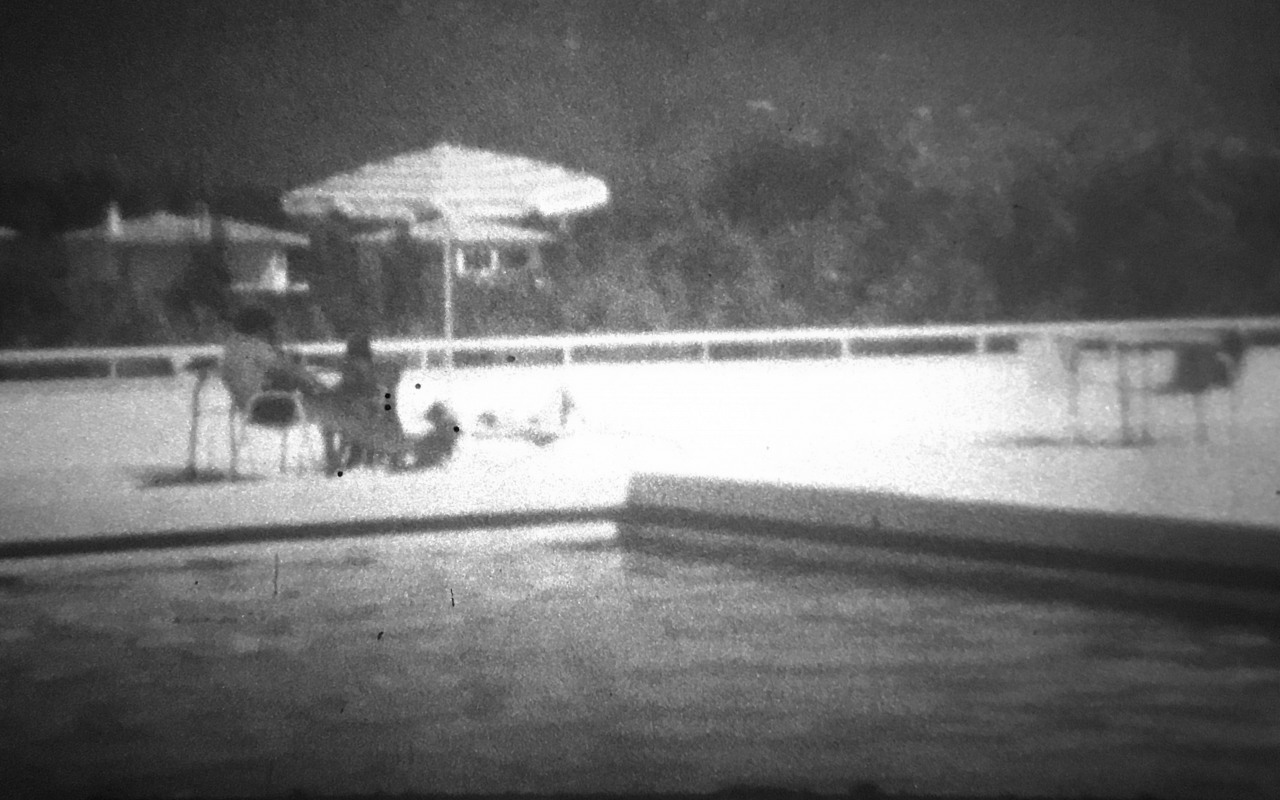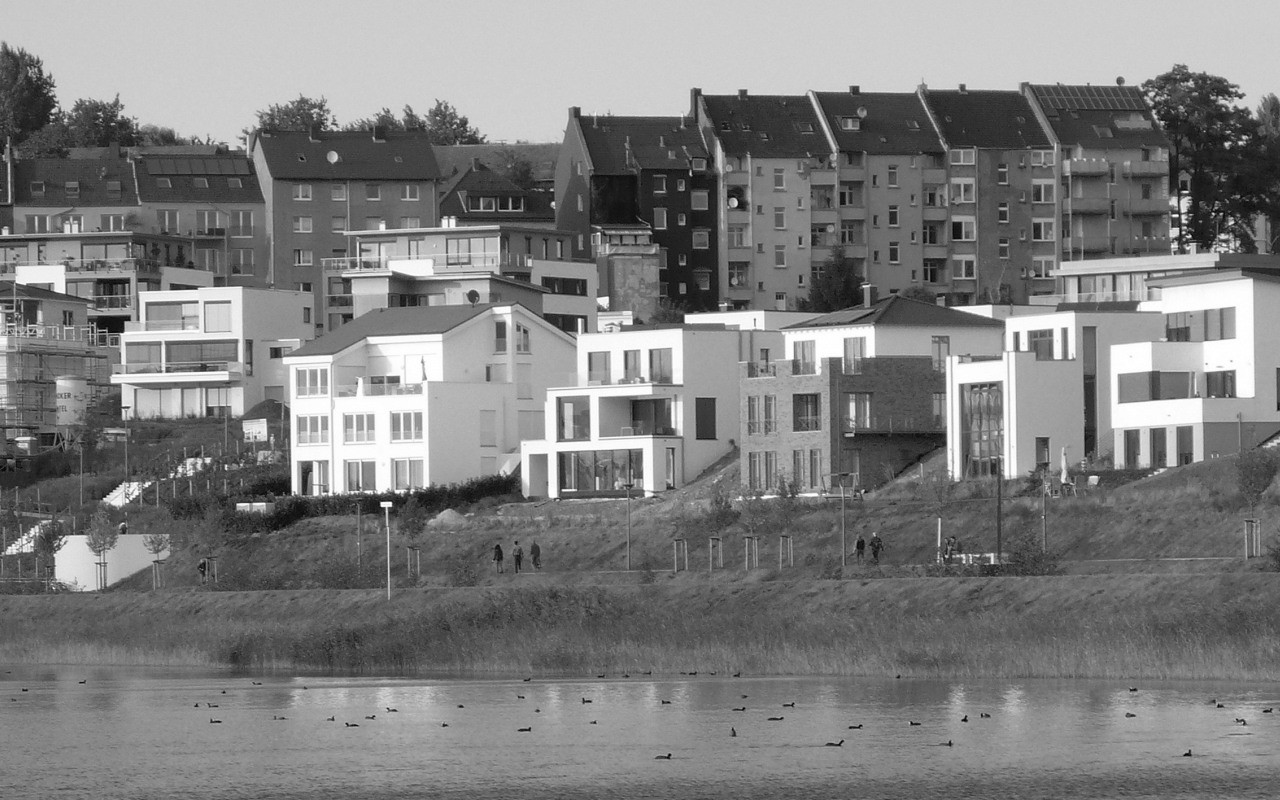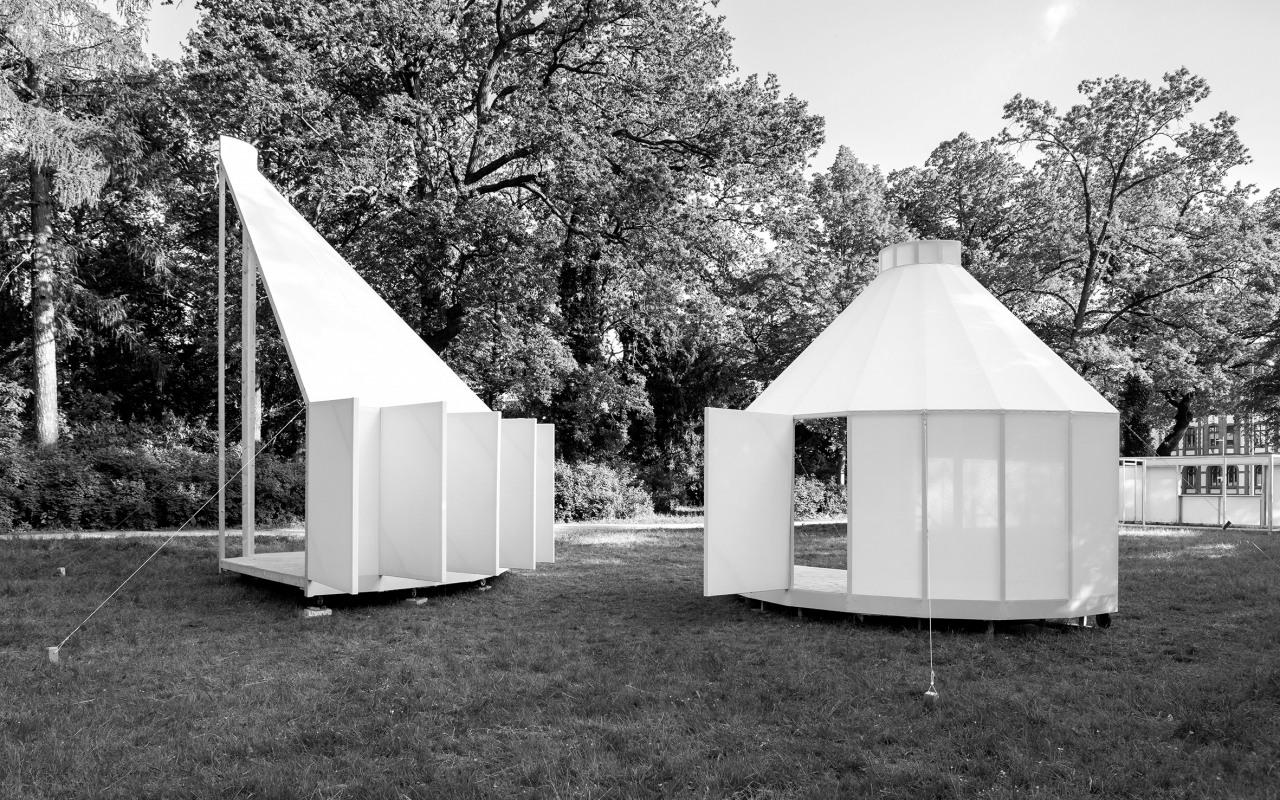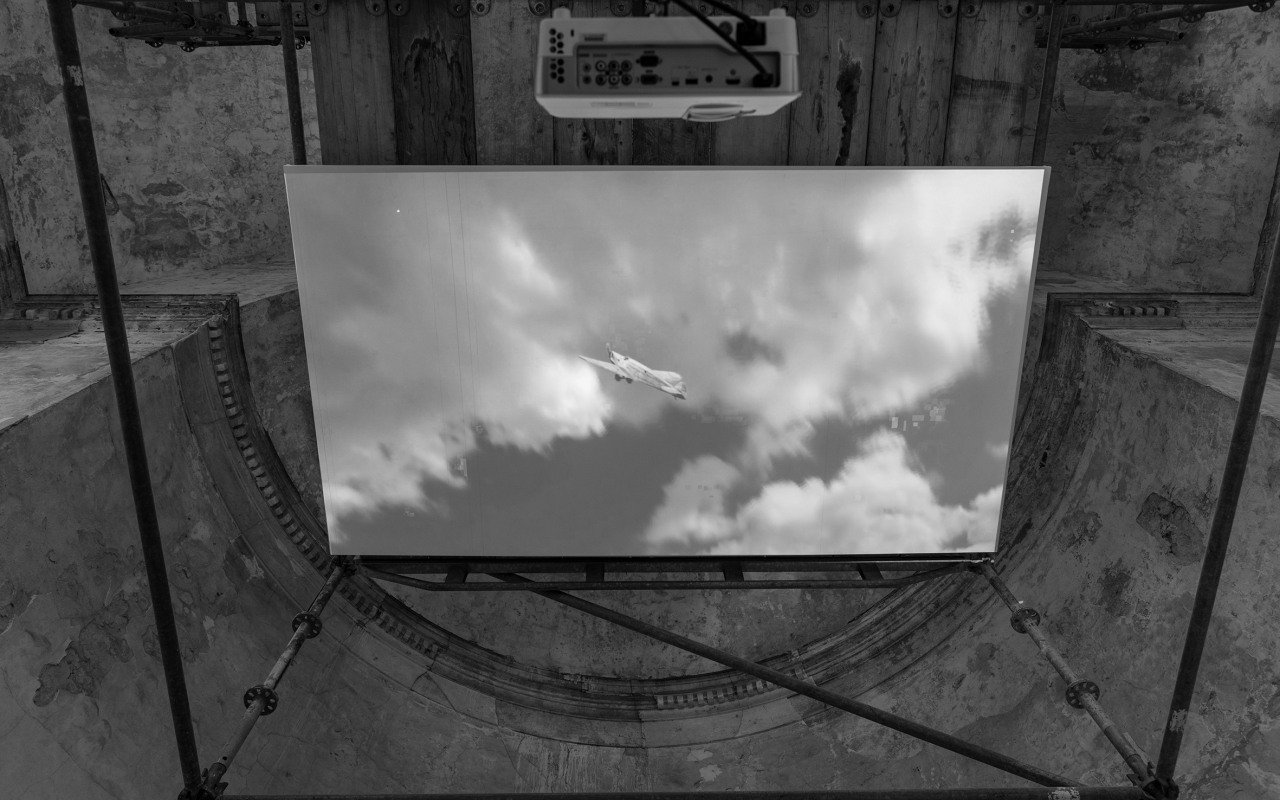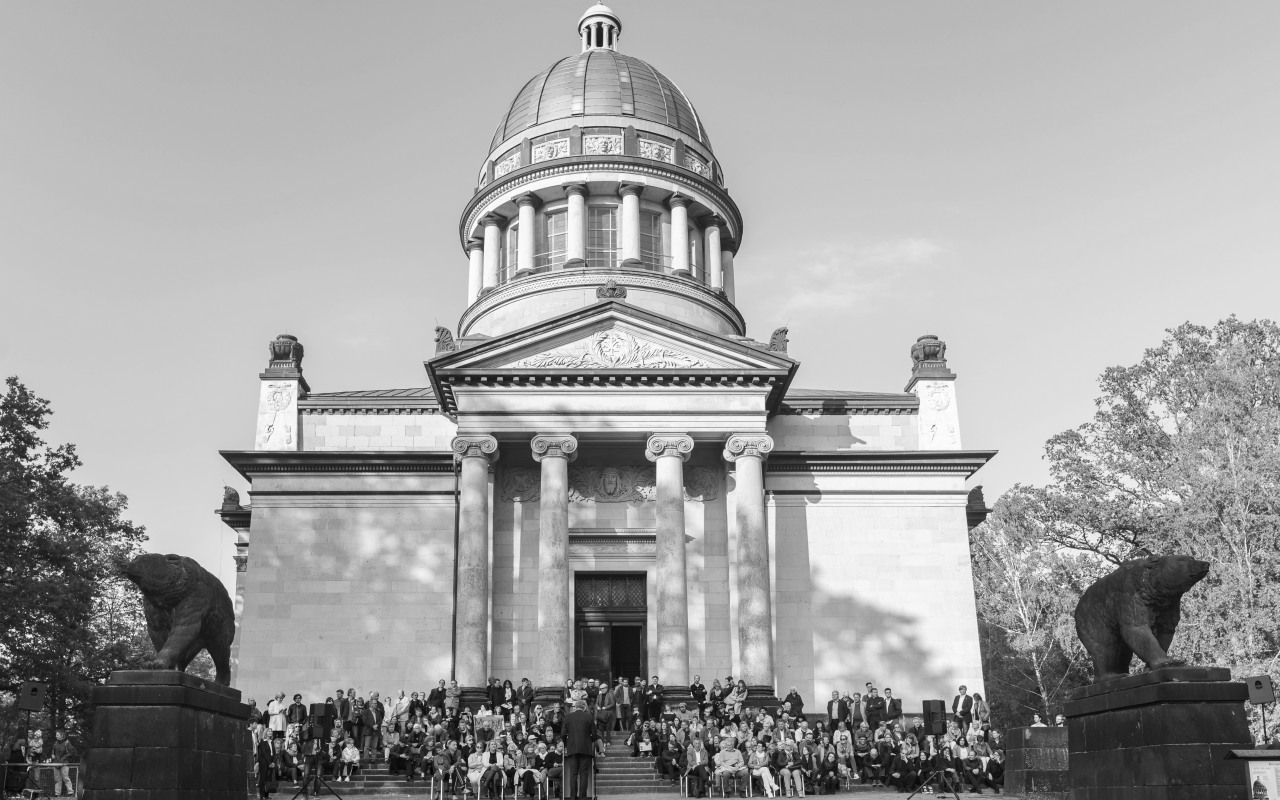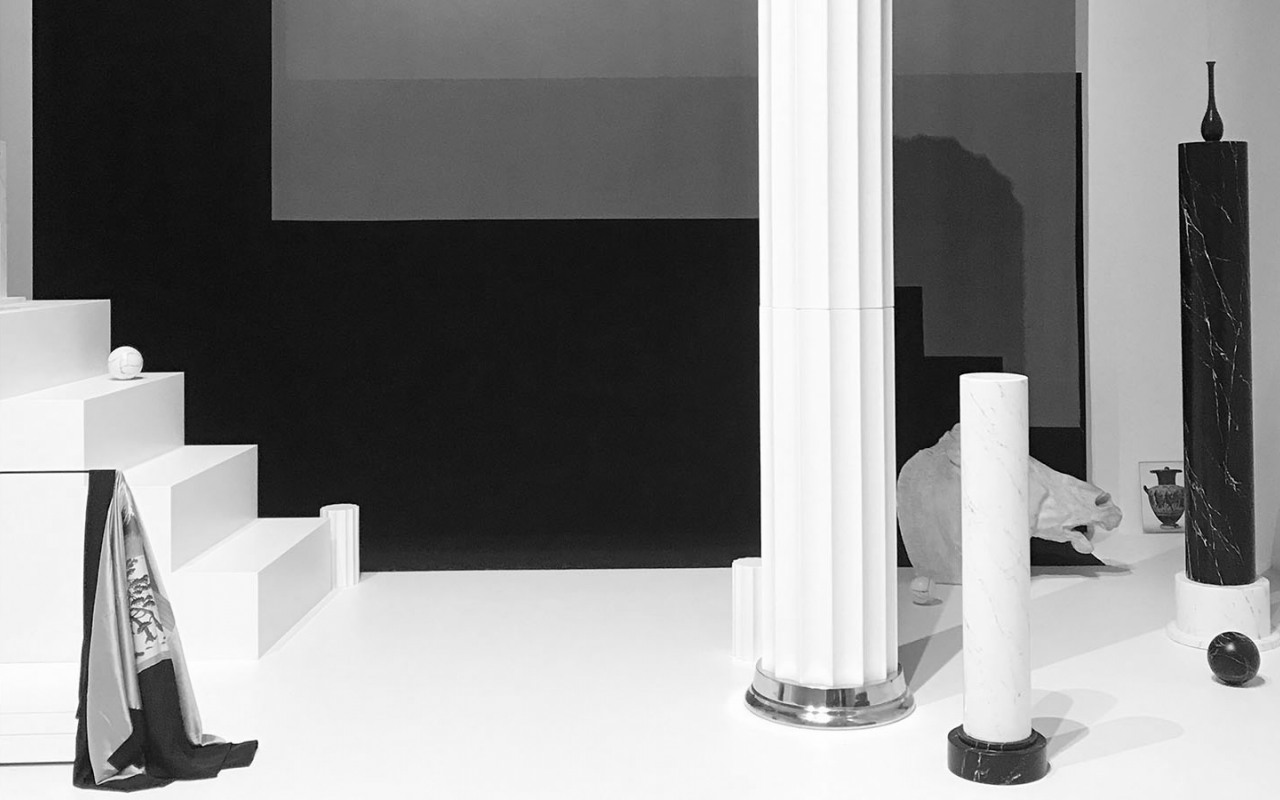Model and Ruin
The 2019 Werkleitz Festival takes an in-depth look at the legacy of Bauhaus from the perspective of contemporary productions, as inspired by the interrelated tensions between the concepts of model and ruin. Criticism of Bauhaus is legion. And yet we continue to utilize the elements of Bauhaus that are still relevant. We thus do not start from scratch, nor do we proclaim the end of history. It is now much more important to recognize continuities, to accept the simultaneous presence of different historical epochs and to explore the potential of each. From a current perspective the classical modern age that began in 1919 reflects the classicism of the 18th and 19th centuries – and vice versa. This broader context of a more comprehensive history of modernity comes into archetypal focus at the site of the festival Modell und Ruin in Dessau-Roßlau. The intention is to present Bauhaus in the larger context of the 250-year history of the modern age.
